The narrative of human technological advancement has long positioned metallurgy as a hallmark of settled agricultural societies. However, recent findings from the Gre Fılla site in southeastern Turkey suggest that the roots of metalworking may extend deeper into our hunter-gatherer past than previously understood.
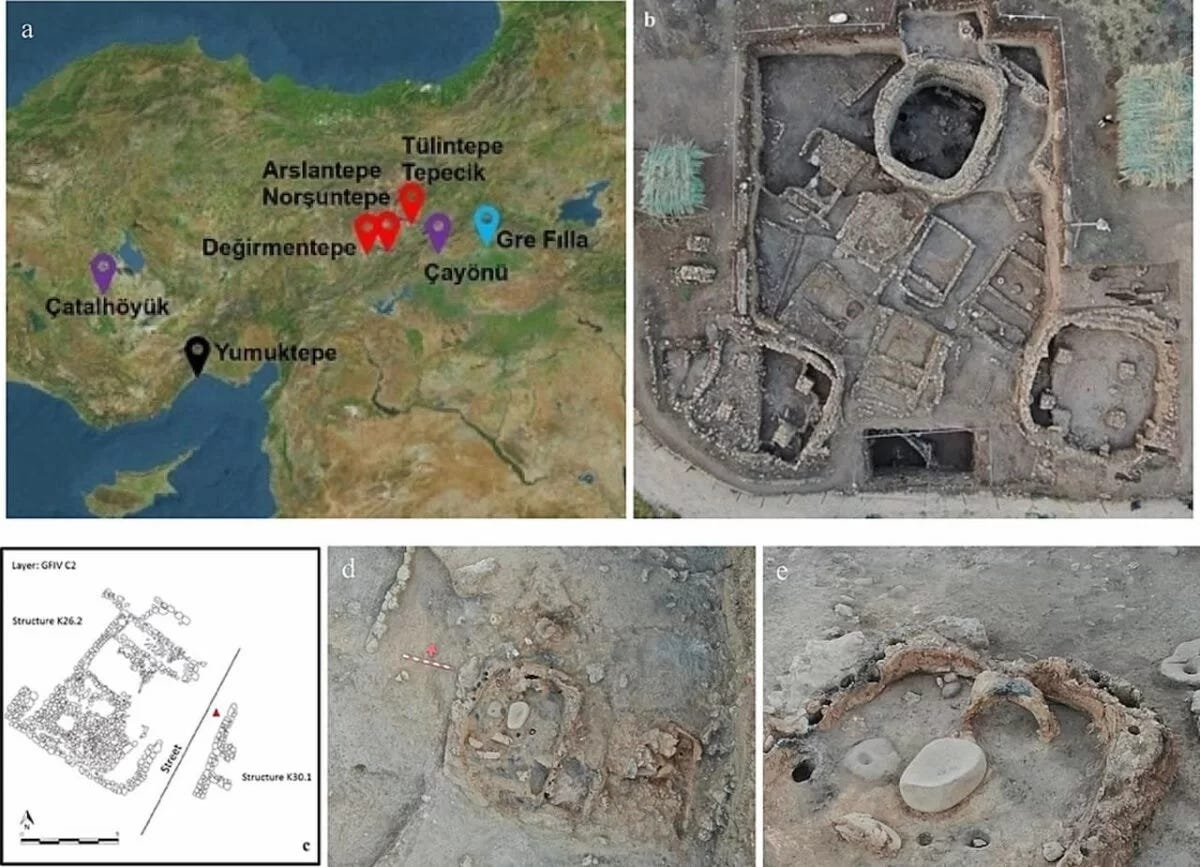
The Gre Fılla Site: A Window into Prehistoric Innovation
Nestled in the upper Tigris Valley, Gre Fılla has been under excavation since 2018. This site, spanning from the Pre-Pottery Neolithic (PPN) to the Pottery Neolithic periods, offers a rare glimpse into the lives of Anatolia's last hunter-gatherers. Among the architectural remnants and everyday artifacts, researchers have uncovered compelling evidence of early copper use and production.
Evidence of Early Metallurgical Practices
In the layers corresponding to the Pre-Pottery Neolithic B (PPNB) period, several notable discoveries have been made:
Copper Artifacts: Items such as a bar-shaped copper object and various unworked lumps indicate familiarity with the metal.
Vitrified Materials: Fragments exhibiting signs of exposure to high temperatures, some containing embedded copper droplets, suggest experimental smelting or annealing processes.
These findings challenge the traditional timeline, which places the advent of copper metallurgy in the Chalcolithic period, around 4000 BCE. The evidence from Gre Fılla pushes this date back by several millennia, indicating that hunter-gatherer communities were engaging with complex pyrotechnology as early as 7000 BCE.
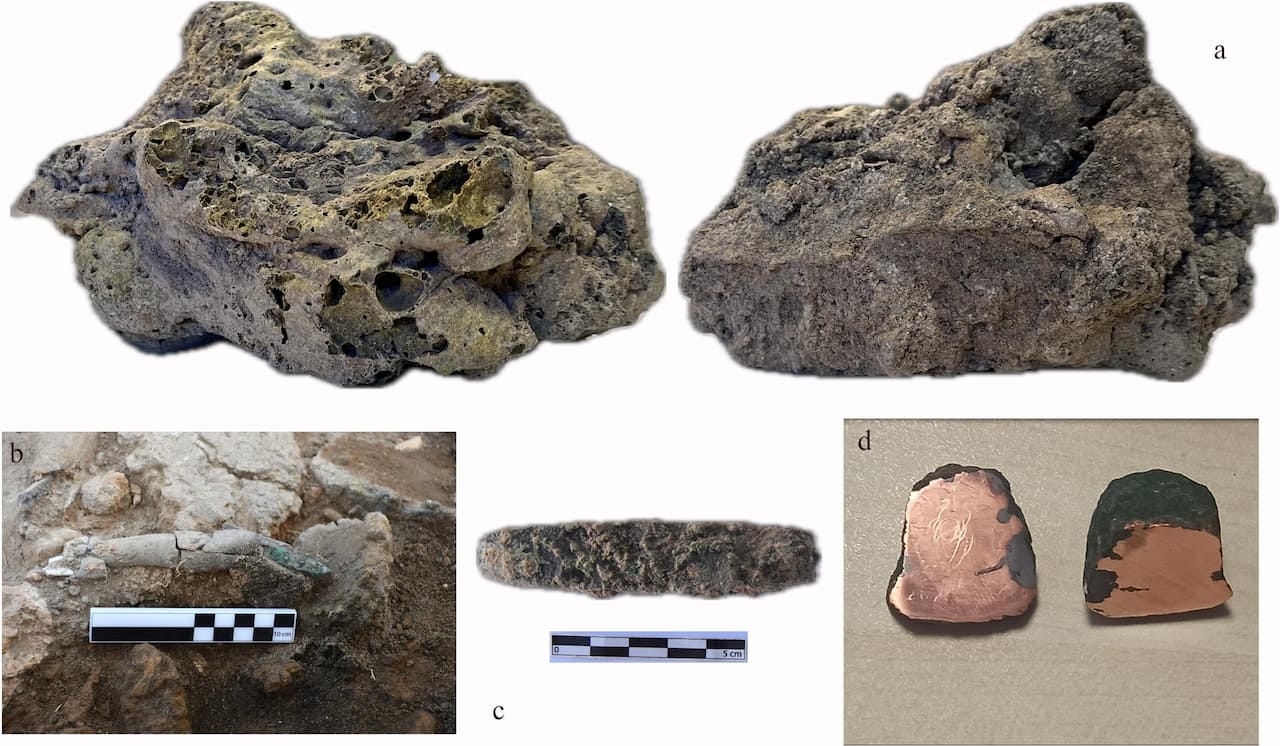
Analyzing the Artifacts
To understand the nature of these early metallurgical activities, a suite of analytical techniques was employed:
X-ray Fluorescence Spectroscopy (pXRF): Used to determine the elemental composition of the artifacts.
Flame Atomic Absorption Spectroscopy (FAAS): Applied for precise quantification of metal concentrations.
X-ray Diffraction (XRD): Utilized to identify mineralogical phases present in the vitrified materials.
One particularly intriguing artifact, a copper bar-shaped object, underwent lead isotope analysis. The results indicated that the metal's source was not the nearby Ergani mines but rather distant regions near the Black Sea, such as Trabzon or Artvin. This suggests the existence of extensive exchange networks during this period, highlighting a level of socio-economic complexity not typically attributed to hunter-gatherer groups.
Implications for the History of Metallurgy
The discoveries at Gre Fılla necessitate a reevaluation of the origins of metallurgy. The transition from the Neolithic to the Chalcolithic may have been more gradual and regionally variable than previously thought, involving phases of experimentation and innovation within hunter-gatherer communities.
Furthermore, these findings underscore the importance of localized developments in technological advancement. Rather than a singular origin point, metallurgy may have emerged independently in various regions, influenced by local resources, knowledge systems, and cultural practices.
Conclusion
The evidence from Gre Fılla paints a more nuanced picture of our prehistoric ancestors, showcasing their ingenuity and adaptability. As excavations continue and analytical techniques advance, it is likely that our understanding of early technological innovations will continue to evolve, shedding new light on the complex tapestry of human history.
Related Research
For those interested in further exploring early metallurgical practices and their implications, the following studies provide valuable insights:
"Elemental Analysis of Pre-Pottery Neolithic B Copper Finds from Gre Fılla": This study offers a detailed chemical analysis of copper artifacts from Gre Fılla, providing insights into early metallurgical techniques.
"Early Copper Production by the Last Hunter-Gatherers": This research presents evidence of advanced copper production techniques during the PPNB period at Gre Fılla, contributing to our understanding of early human engagement with metallurgy.



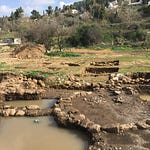

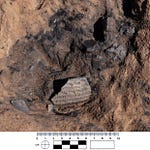
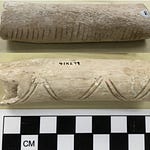
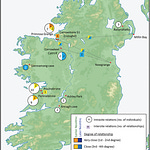

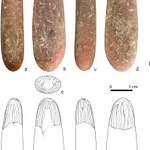

Share this post